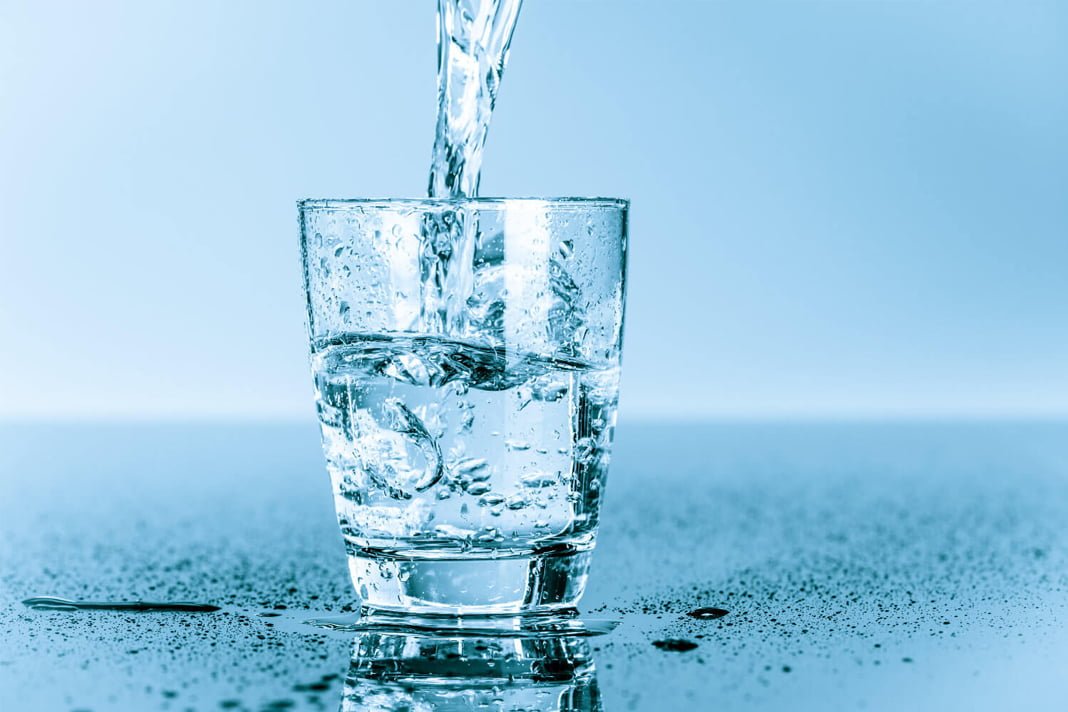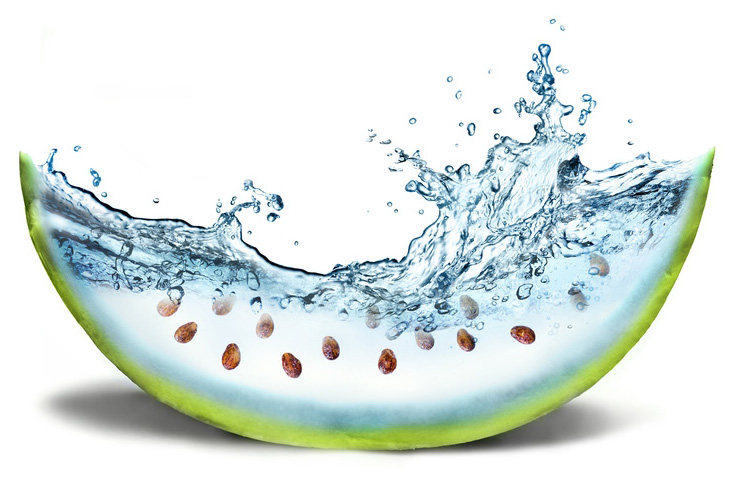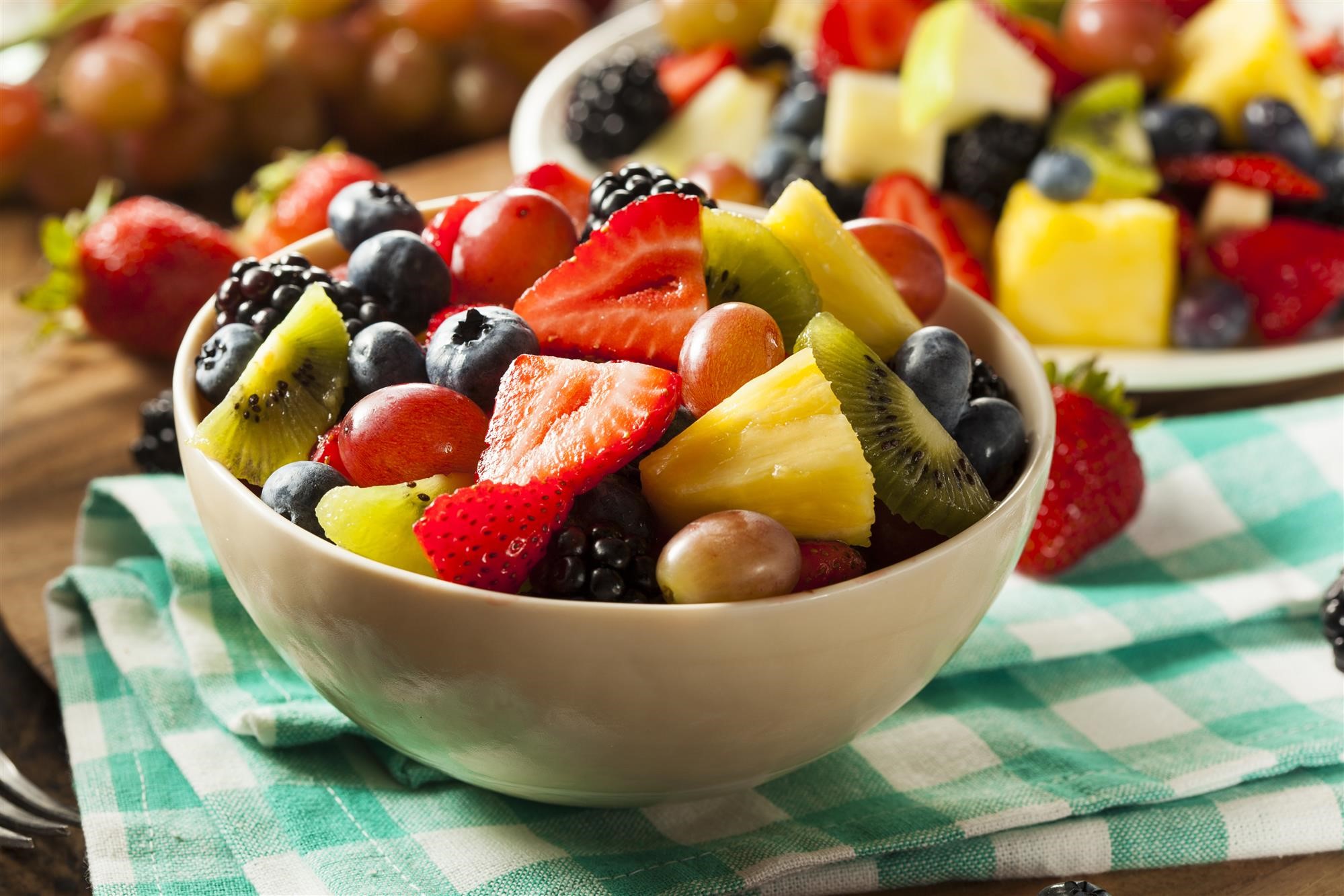The benefits of water are on the agenda every day in the media, press and among the public. A lot of research is being conducted on this. Due to the discomforts that dehydration can cause, campaigns encouraging people to drink water are increasing.
One of the ongoing research focuses on eating some of the water as well as drinking it. The benefits of meeting daily water needs by eating vegetables and fruits with high water content are being studied.
When water is drunk, it spreads quickly throughout the body. The portion needed is used and the remainder is excreted in the urine. For a person who drinks water regularly, this does not cause problems in the body. The body is constantly hydrated, but those who do not like to drink water or who cannot drink water for long periods of time for different reasons, for example, if they are going on a long trip and do not want to have to worry about needing to use the restroom, or if they are fasting for long periods of time during Ramadan, their bodies become dehydrated. In such cases, drinking water will have no effect, even if it was previously drunk in glasses. However, when foods with high water content are consumed, water will slowly spread and be utilized in the body due to the digestion process. The stomach and intestines will act as a kind of storage. Since the fluid taken into the body by eating is taken into the body more slowly than drinking, its excretion in the body will be slower and the dehydration process will slow down.

The structure of the water in vegetables and fruits is different from the water we drink
The structure of the water in fresh fruit and vegetables is different from the structure of daily drinking water (except fresh, natural spring water). The water in vegetables and fruits is easier for cells to absorb and assimilate. For this reason, sometimes drinking water is not assimilated by the body due to its structure, while the water contained in vegetables and fruits will be accepted by the body and will be easier for the cells to assimilate because it is more suitable for the cells. Hydration in the body will be ensured thanks to the water taken into the cell and kept in the cell longer. Cells will work efficiently because they have fuel to do their job.

Apart from the water content, every fruit and vegetable consumed contains rich ingredients such as vitamins, minerals, fiber and enzymes. These ingredients are the nutrients needed throughout the day. They provide energy and play an important role in cell renewal. Thus, the daily nutritional needs are met while the water needs are met. As the body’s need for water is gradually met, valuable nutrients are also transported with the water to their duty stations.
It is recommended to consume vegetables raw or lightly boiled to preserve their water content and structure. The cell membranes of cooked vegetables burst, which causes the water structure to break down. Therefore, the property of the water in the vegetable that allows it to be easily absorbed by the cell will disappear.
Foods with high water content are also low in calories and keep you full for a long time. It is possible to control weight and even lose weight by eating juice. Of course, vegetables should be consumed more; fruit should be consumed in moderation due to the sugar content. Just like “2 liters of water a day”, we often hear the phrase “5 portions of vegetables and fruits a day”. The recommendation of dietitians and nutritionists to consume 5 servings of vegetables and fruits a day is among the most common recommendations because it meets the daily water and nutrient needs in a satisfying way with low-calorie foods.

Is Water Food for Athletes?
Sports such as marathons and triathlons require high performance and energy. When practicing these sports, athletes have to slow down and take a break to drink water in order to replace the water they lose during the race. While it’s no problem to take a break during daily exercise, to take a sip of water from a water bottle, for professional athletes, even seconds are precious during a race.
List of Foods Rich in Water
Vegetables:
- Curly lettuce (96% water),
- Cucumber (96% water),
- Zucchini (95.5% water),
- Celery (95% water),
- Red tomatoe (94% water),
- Green tomatoe (93% water),
- Purslane (93.6% water),
- Cabbage (93% water),
- Red cabbage (92% water),
- Spinach (92% water),
- Eggplant (92% water),
- Broccoli (91% water),
- Carrot (87% water),
- Peas (79% water),
- Potato (79% water).
Fruits:
- Coconut (95% water)
- Strawberry (92% water)
- Watermelon (92% water)
- Citrus fruits (Grapefruit 91% water),
- Orange (95% water),
- Lemon (90% water),
- Raspberry (87% water)
- Pineapple (87% water)
- Blueberry (85% water)
- Plum (85% water)
- Apple (84% water)
- Avocado (81% water)
- Cherry (81% water)
- Grapes (81% water)
- Banana (74% water)
“Eating” water is as important as drinking it. In order to prevent diseases that develop due to dehydration or play a role in the development of dehydration, it is necessary to adjust one’s own water and watery food consumption according to eating habits, environmental conditions, urine color, daily exercise plan, etc. and to take care to consume water.
